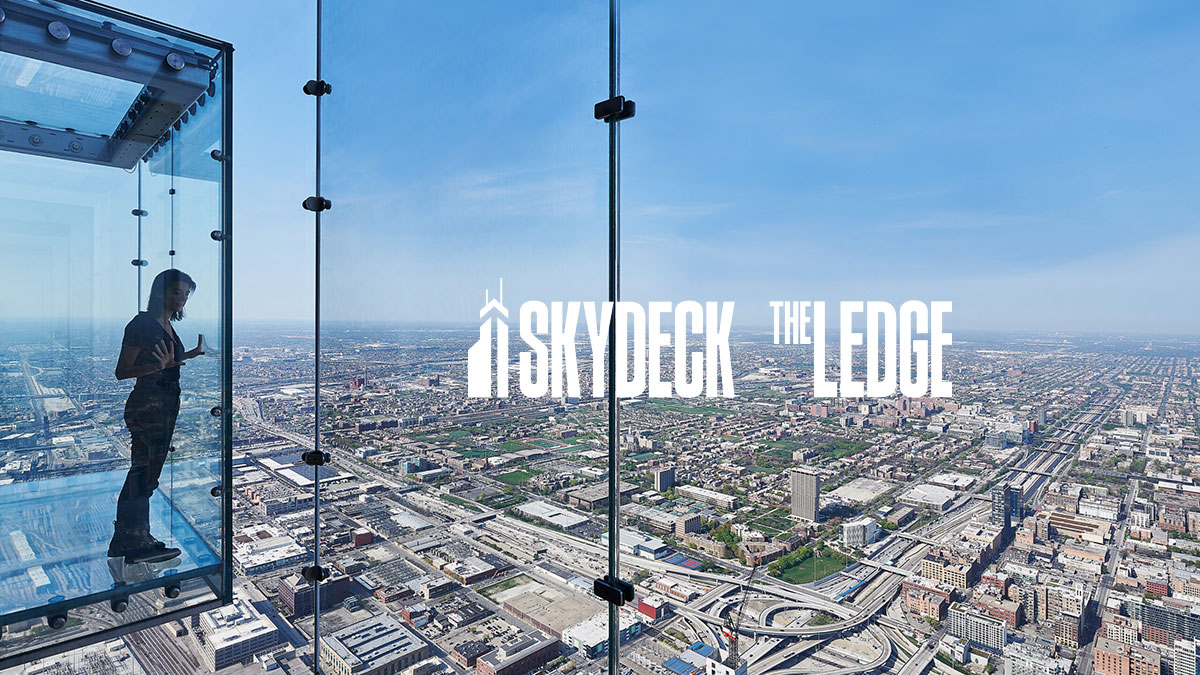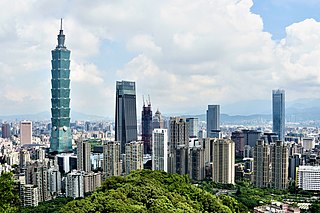Agnaa
VS Battles
Super Moderator
Administrator
Calculation Group
Translation Helper
Human Resources
Gold Supporter
- 15,778
- 14,174
- Thread starter
- #41
It's the tallest manmade structure on Earth, that should already tell you why it's a massive outlier.
It's not that far away from the Empire State Building's steel percentage, both of which are lower than another example Furudo gave.
The Empire State Building weighs 331,000 metric tons, one would have to find the composition of all the materials of it first.
Do we really need to find all the materials? I think we'd just need the ones that are in substantial amounts, and have substantially different destruction values, both of which steel meets.
The average skyscraper is defined as being 100-150 m tall but there's no officially accepted definition, but the Empire State Building is well over 3-4x those values.
If you wanna find another example skyscraper that we can pull steel percentages from, that'd work fine with me.
It's not that far away from the Empire State Building's steel percentage, both of which are lower than another example Furudo gave.
The Empire State Building weighs 331,000 metric tons, one would have to find the composition of all the materials of it first.
Do we really need to find all the materials? I think we'd just need the ones that are in substantial amounts, and have substantially different destruction values, both of which steel meets.
The average skyscraper is defined as being 100-150 m tall but there's no officially accepted definition, but the Empire State Building is well over 3-4x those values.
If you wanna find another example skyscraper that we can pull steel percentages from, that'd work fine with me.




